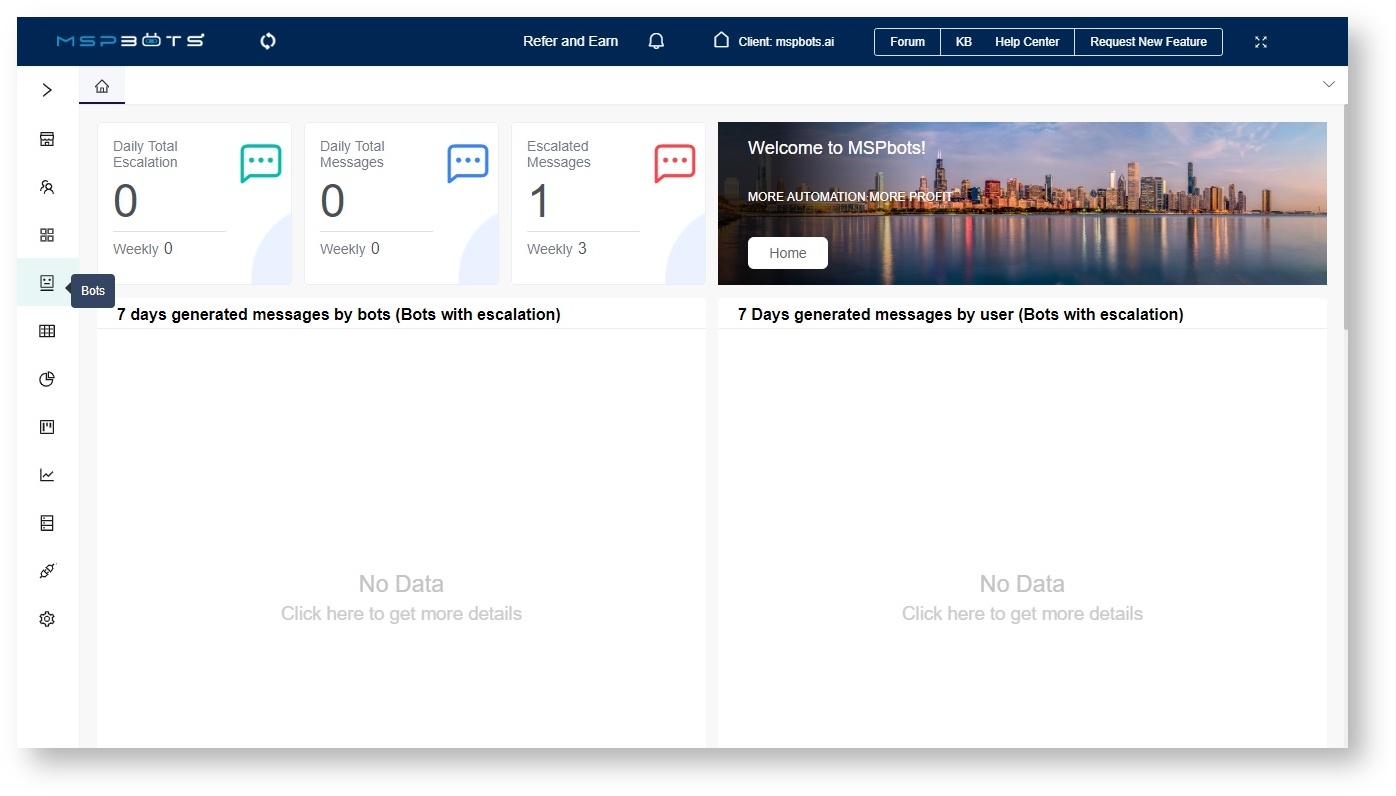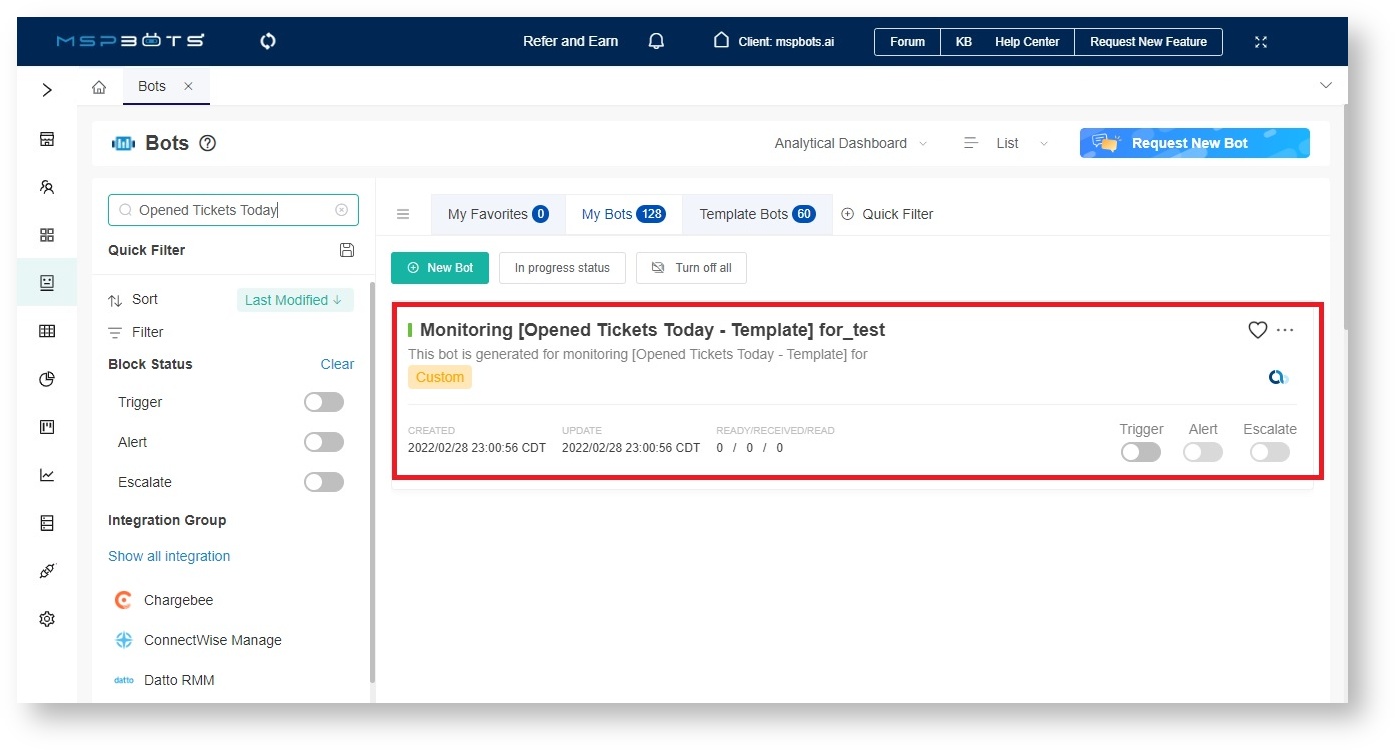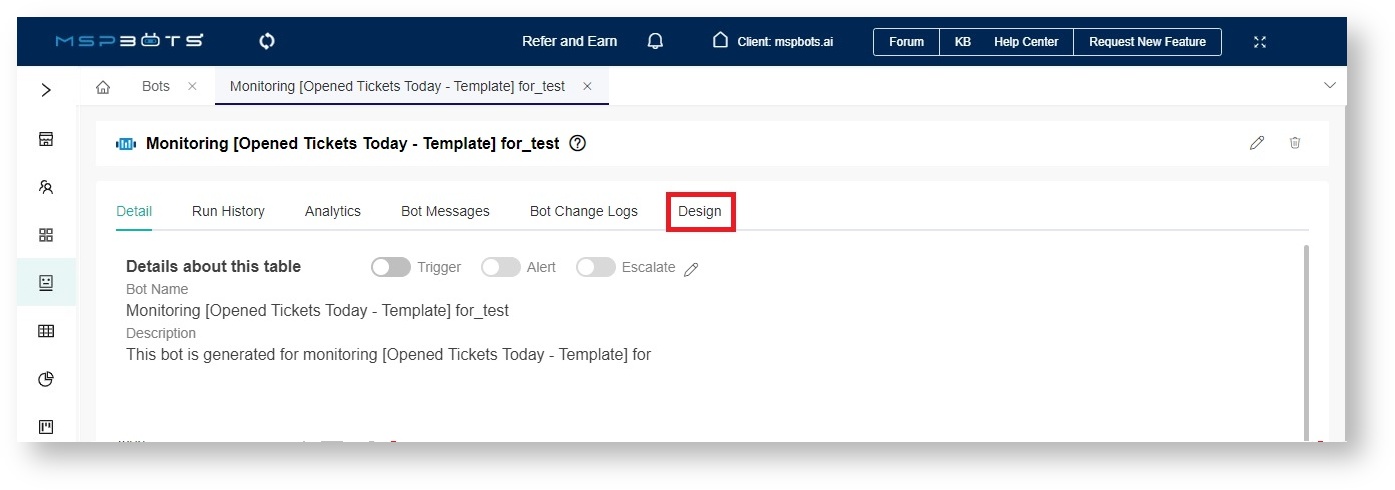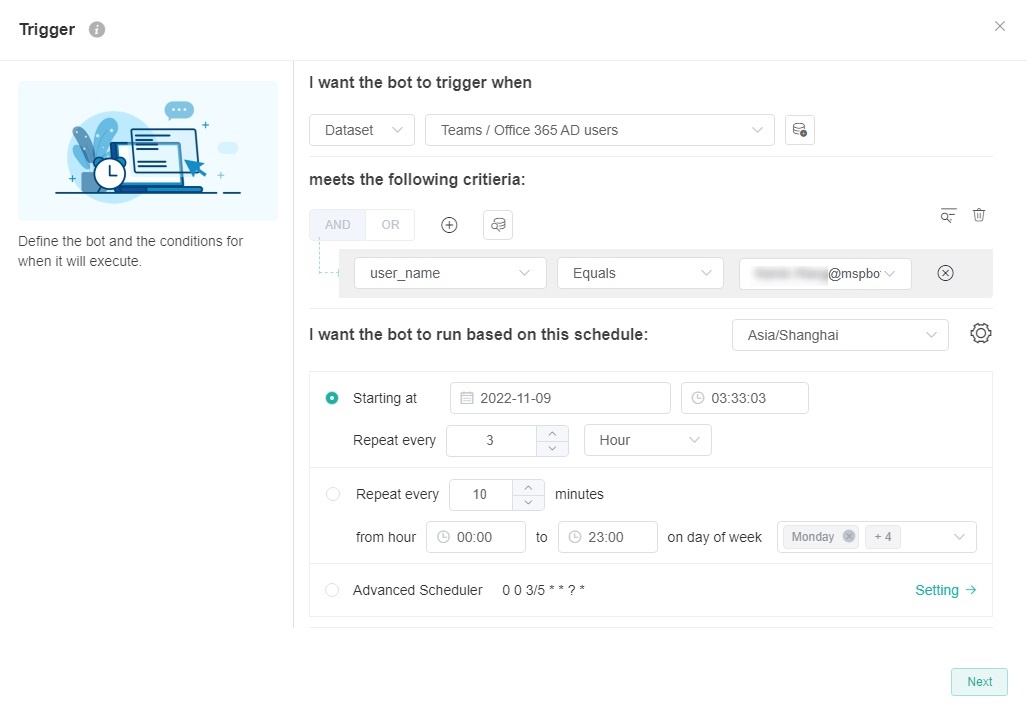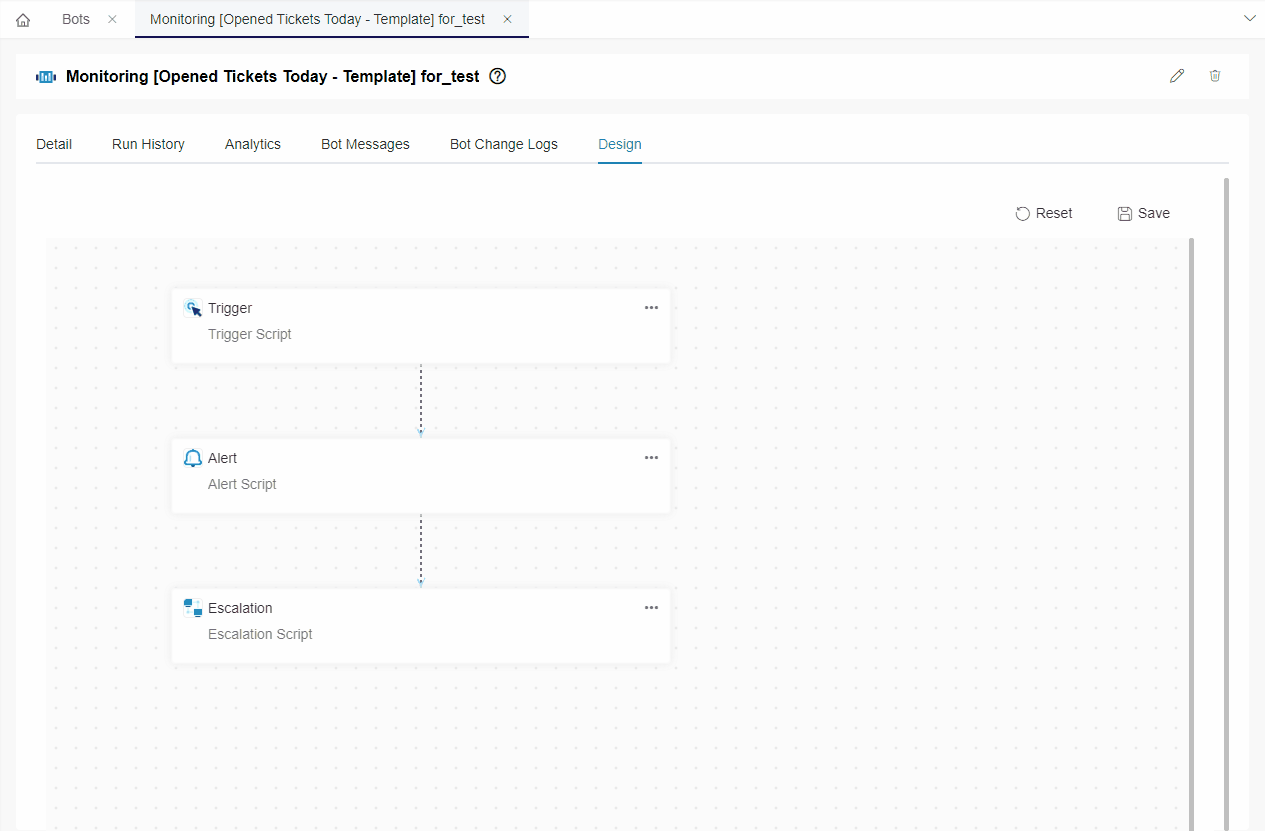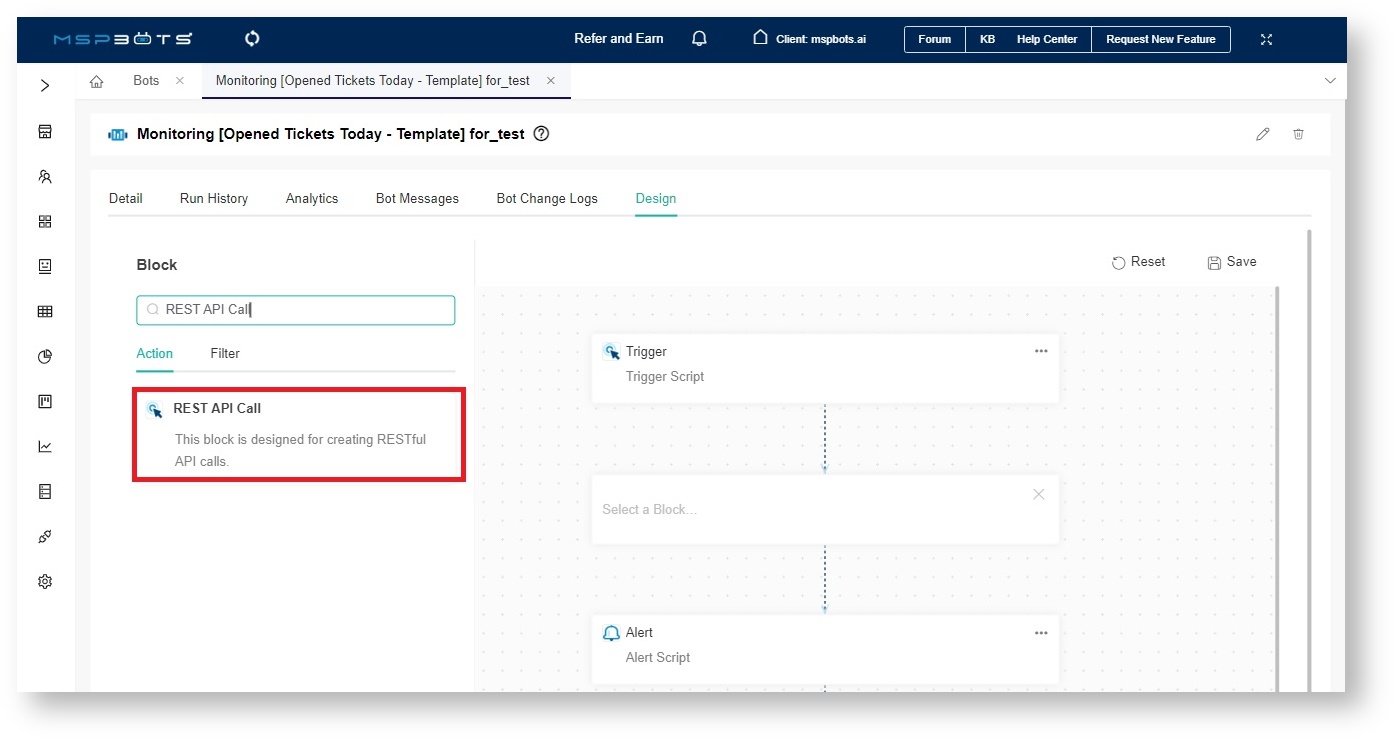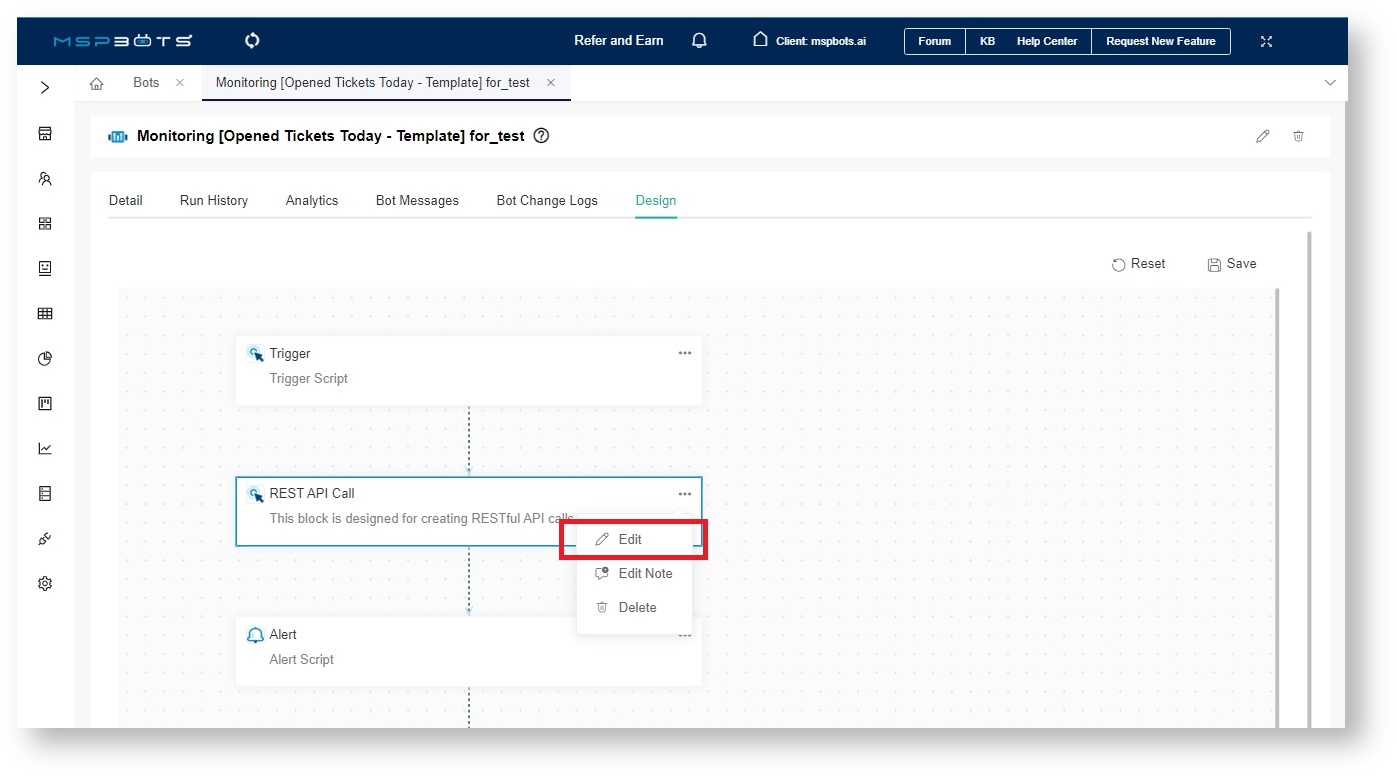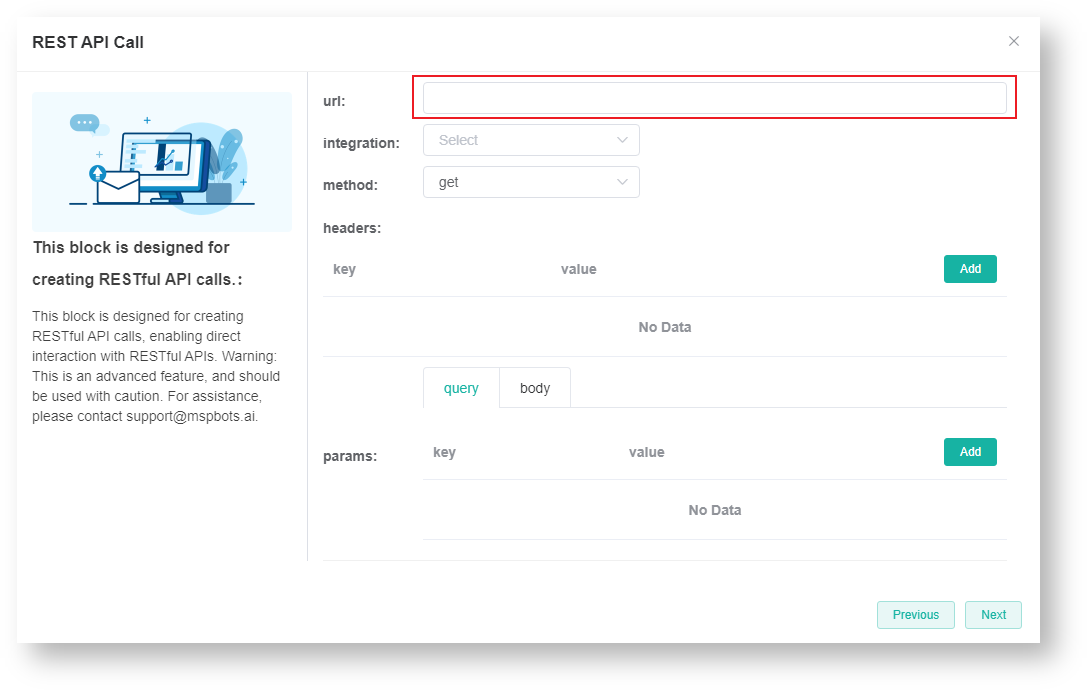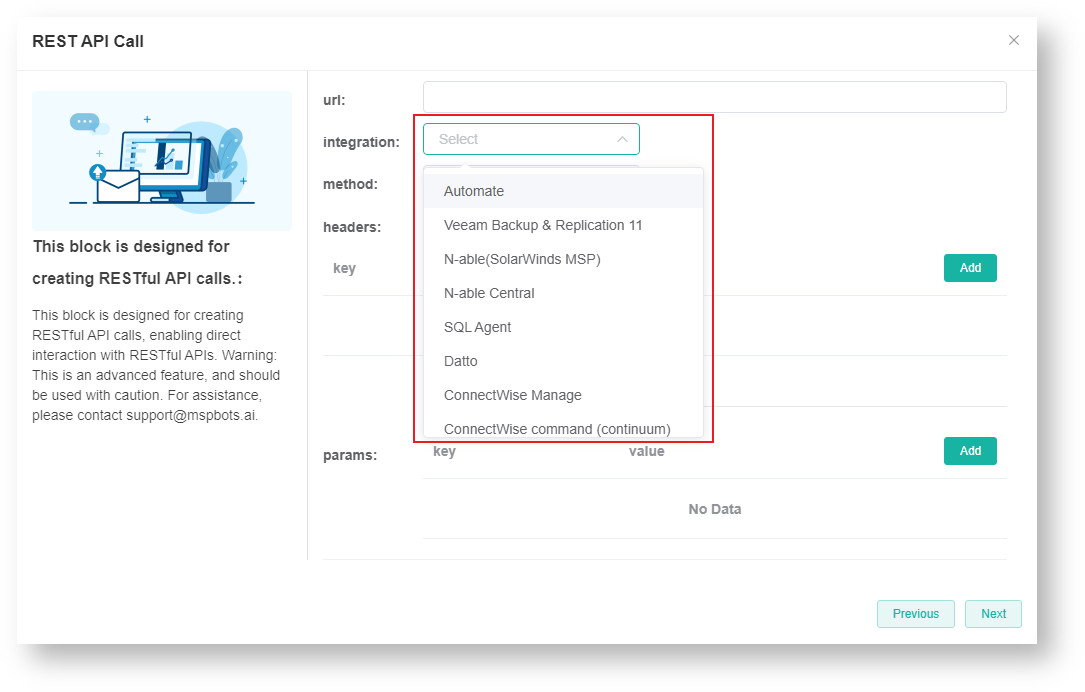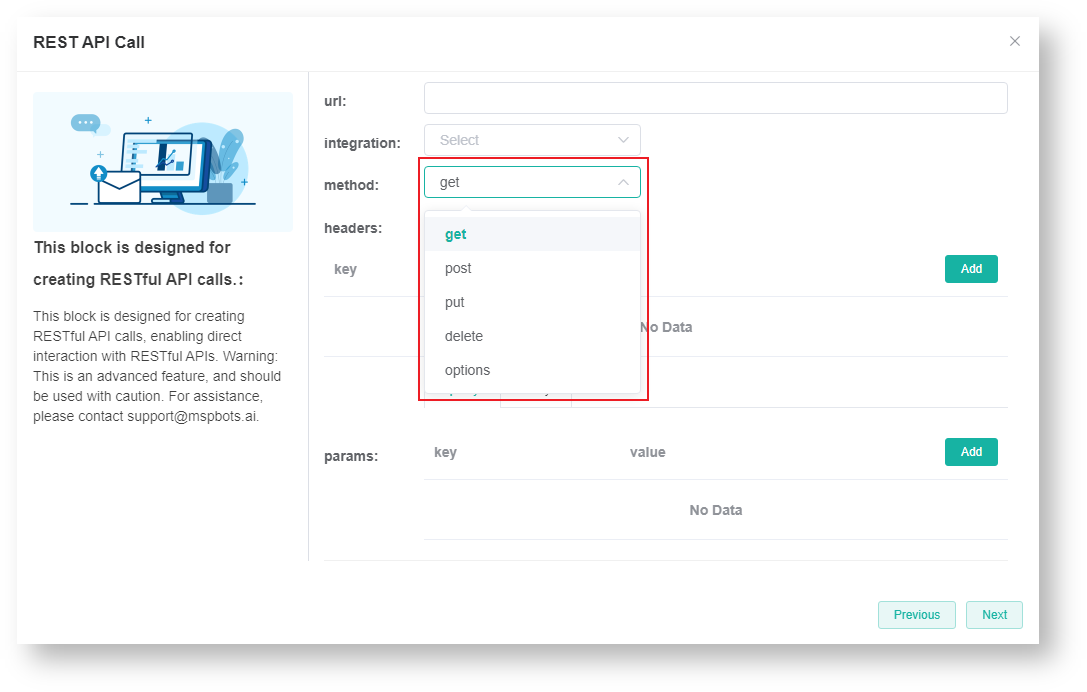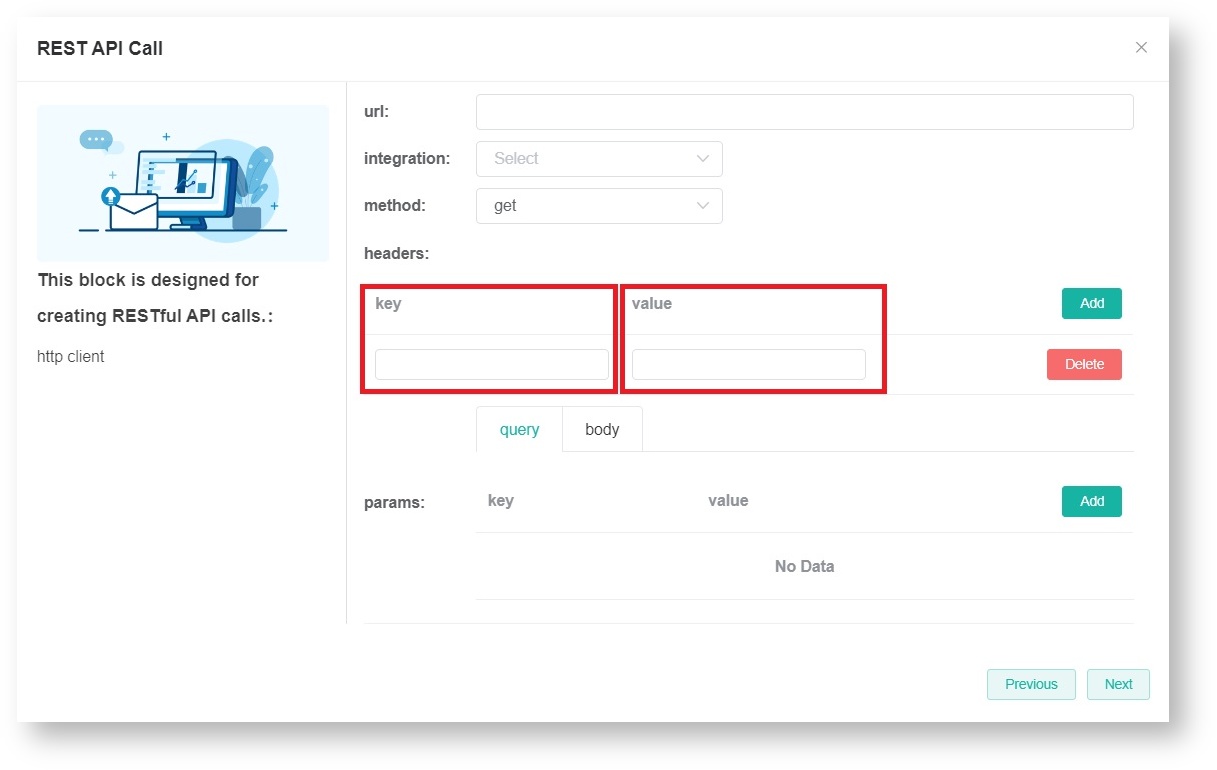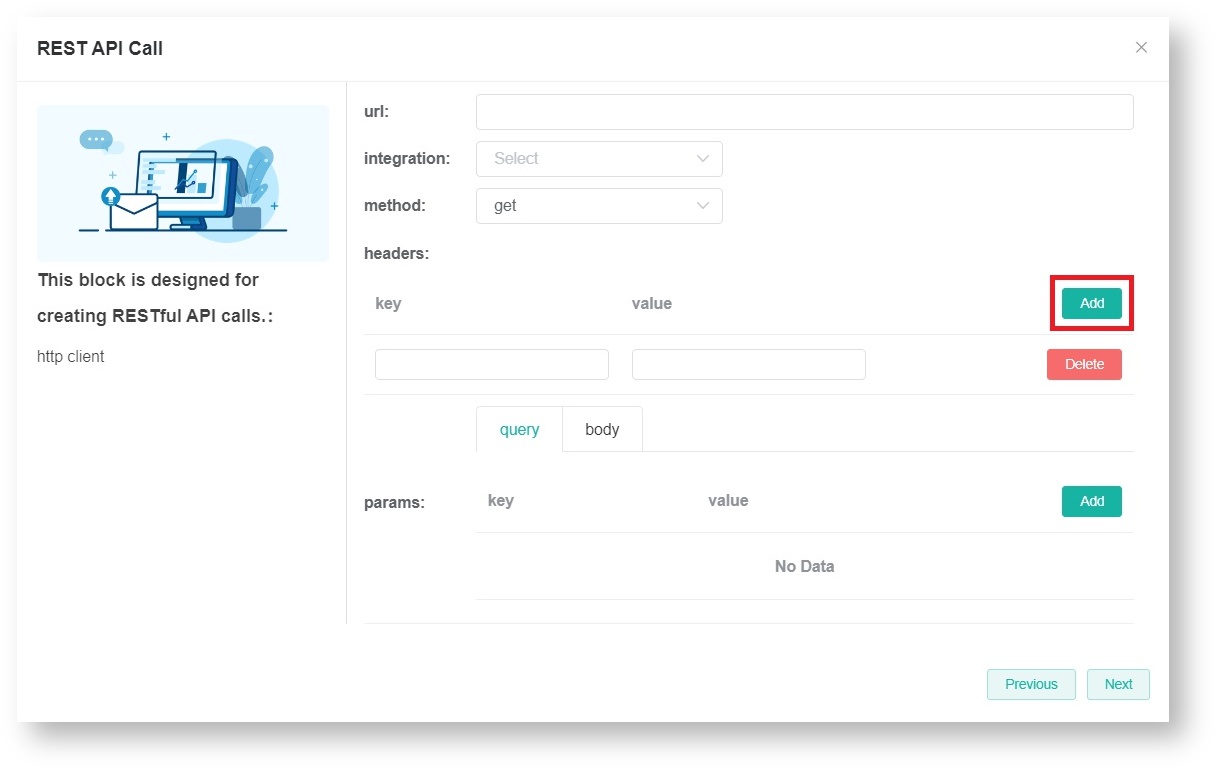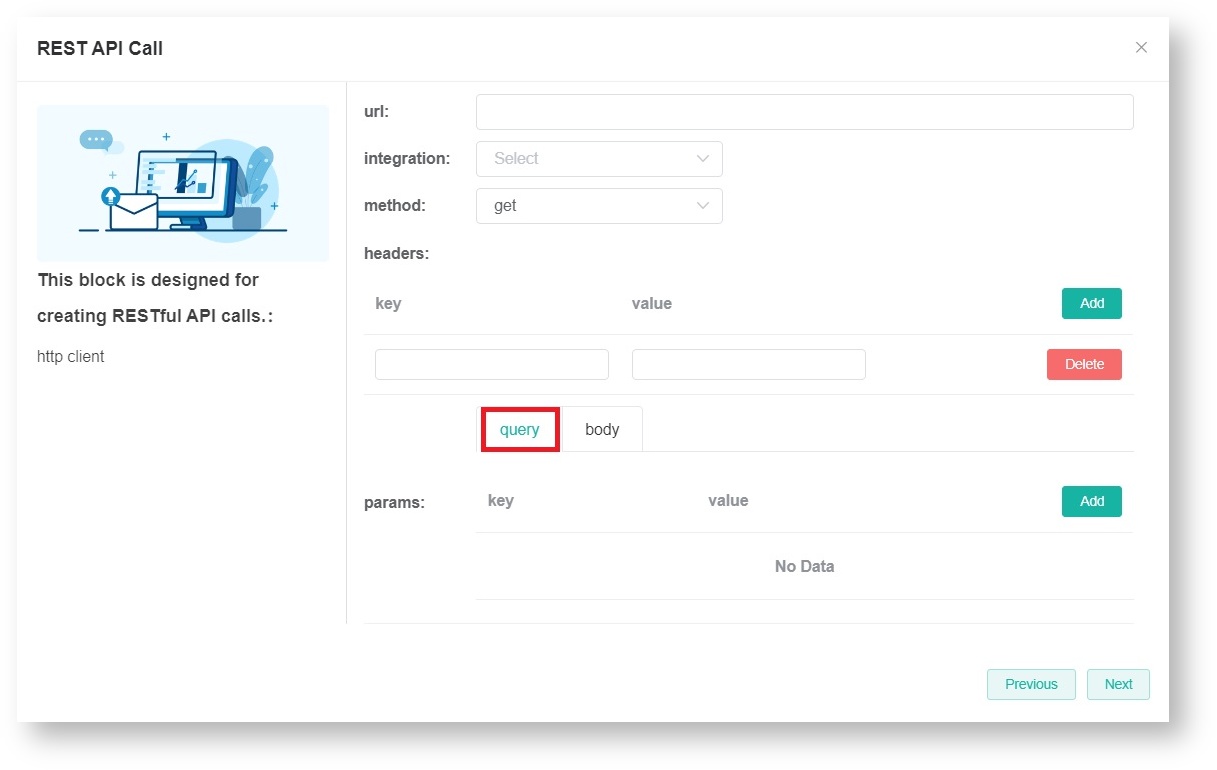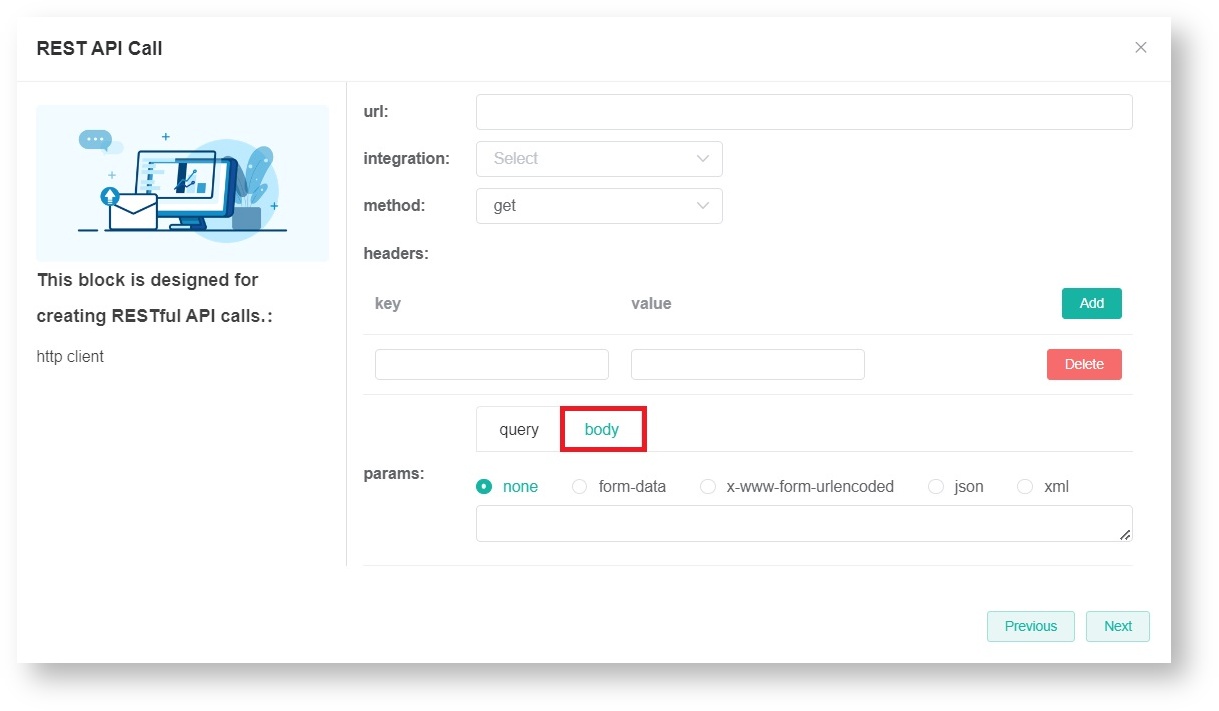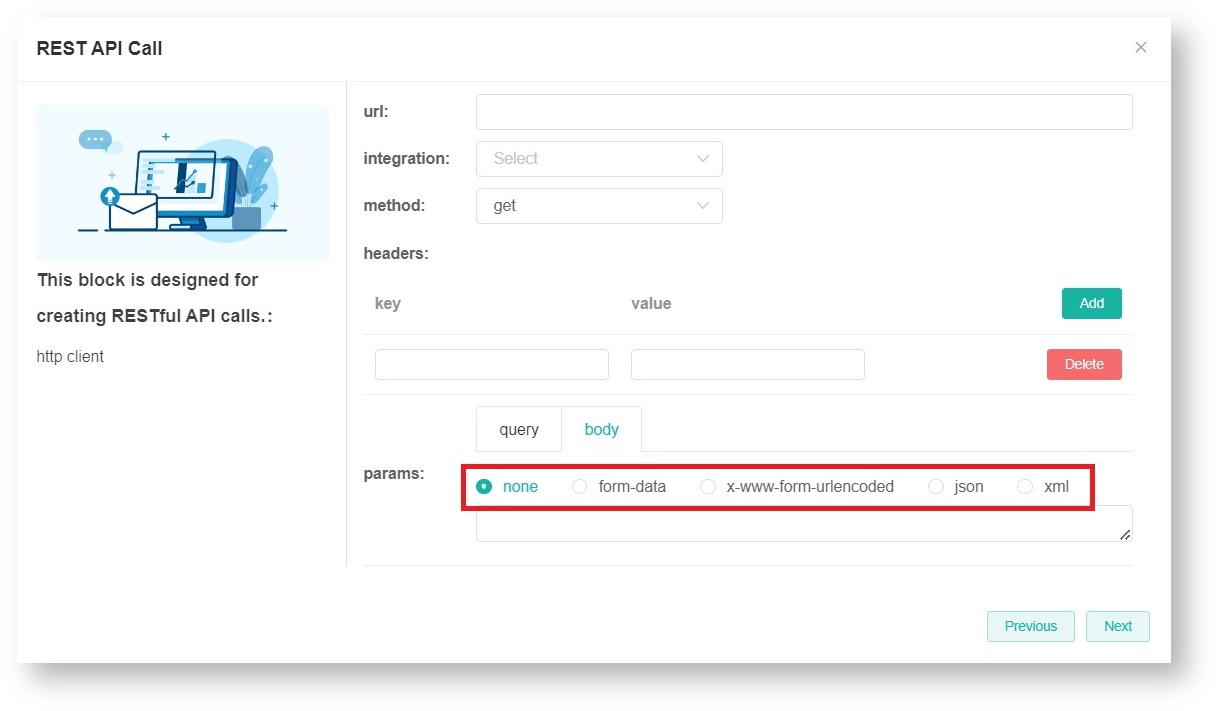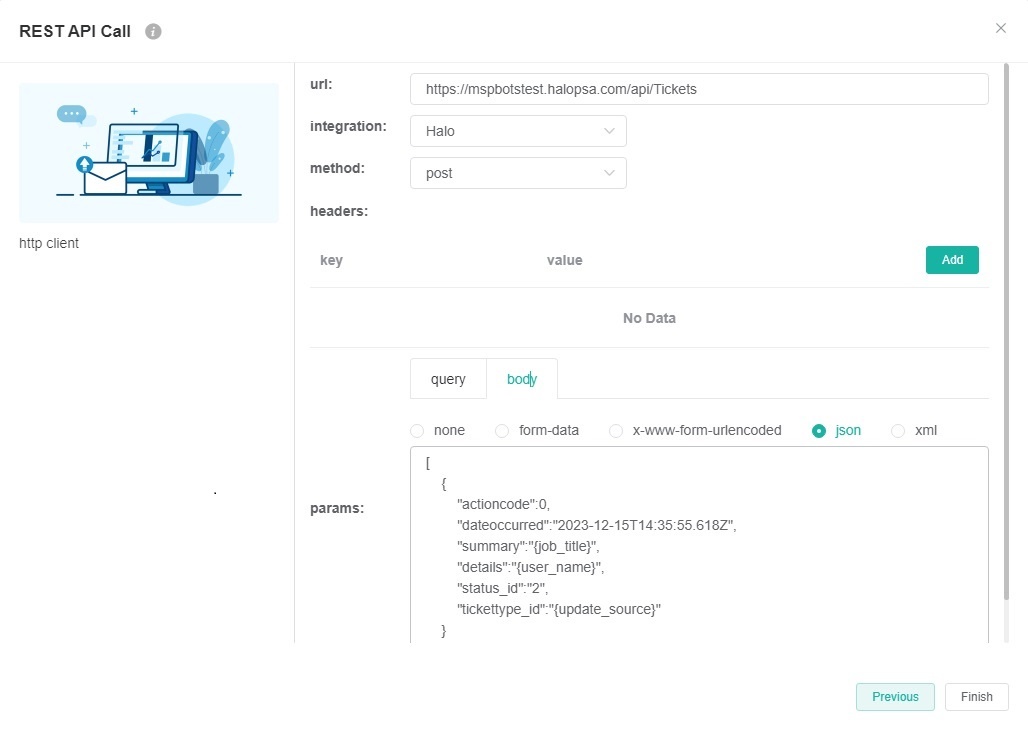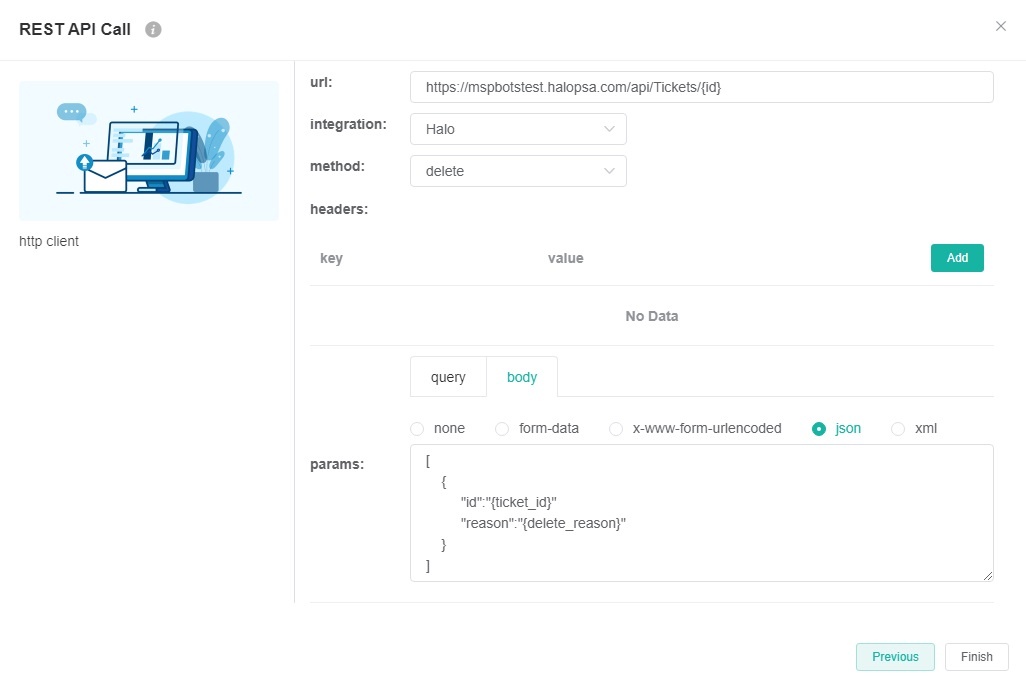 N O T I C E
N O T I C E 
MSPbots WIKI is moving to a new home at support.mspbots.ai![]() to give you the best experience in browsing our Knowledge Base resources and addressing your concerns. Click here
to give you the best experience in browsing our Knowledge Base resources and addressing your concerns. Click here![]() for more info!
for more info!
Page History
| Table of Contents |
|---|
Background Information
...
The API write-back can be customized by configuring the REST API Call bot block
...
. Customizing the API write-back
...
and creating an API REST block enables MSPbots to establish a seamless integration with your systems and allows us to retrieve relevant data so we can create reports that will help you monitor your performance, receive alerts, and perform necessary actions programmatically.
This article is a guide on how to configure the REST API Call bot block. It will use the Monitoring [Opened Tickets Today - Template] for_test
...
bot as an example
...
.
What‘s on this page:Table of Contents maxLevel 2
Prerequisites
...
- A bot of the trigger type has been created.
- A widget or dataset has been created to filter integration data according to your needs.
- The API documentation for the corresponding integration has been found, and APIs that meet your requirements have been identified.
Required Permissions
...
To follow this guide, you need admin-level permissions to perform the operations.
To set up the bot block
...
...
- Go to Bots on the MSPbots menu.
- Open the bot that where you want need to add the a REST API Call block to, and switch . Let's use the bot Monitoring [Opened Tickets Today - Template] for_test as an example.
- When the selected bot opens, go to the Design tab. If another window opens, close it.
- Click and then click Add a Block.
- Click the blue box to select a block.
- Enter REST API Call into the search bar, and then click on REST API Call to add the REST API Call block.
- Click and then click Edit to make your settings.
- Enter the url address.
- (Optional)Select an integration.
- If the RESTful API you want to configure is from an integration integrated with MSPbots, please select that integration.
- Otherwise, please do not configure this parameter.
-
- In the trigger block, configure the widget or dataset that you have already created as a data source according to your needs. For detailed configuration information of the trigger block, please refer to 2. Set up the bot trigger.
- Hover over the horizontal line between the blocks. Click , select Add a Block, and select the new block.
- Type REST API Call in the search bar and click REST API Call.
- Next, hover over the ellipsis for the REST API Call block and select Edit.
- When the REST API Call window opens, enter the url address of the API that will receive requests you want to call, for example,https://mspbotstest.halopsa.com/api/Tickets.
- (Optional) Select an integration.
If you are configuring a REST API from an existing integration with MSPbots, select that software from the integration list, such as halo. Otherwise, do not configure this parameter and proceed with the next step. - Select the HTTP method used when calling the API. The commonly used methods when using this block are post and delete. If you want to learn examples of these two methods, please refer to Examples of commonly used HTTP Methods when using the REST API Call block.
- get - Retrieves
- get: Use to retrieve information from the database without modifying or adding data. Results The results are consistent regardless of how many operations are performed.
- post: Use to submit Submits data and add adds operations to the server.
- put: Use to modify Modifies the existing data on the server, . This is similar to POST but focused on modifying rather than except that it modifies instead of adding.
- delete: Use to remove Removes a specific resource , like deleting and deletes a record in a database.
- options: A pre-check request made by the browser Before using any of these methods, you can check the browser request to ensure the server accepts the request before sending get, post, put, or delete requests.
- Click Add.
- will accept it.
- Next, set up the headers and input the relevant key -value pair.
- and value. Headers are additional information included in the API call, which may include authentication tokens and content types.
Info As our Bot already supports authentication information by default, you don't need to add any extra authentication information to REST API Call block.
Click Add to add more keys and values.
To remove a pair of key and value, click Delete. - Set up the params.
there are usually two methods used Select either the URL query and request body method to pass parameters to the server-side: URL query parameters and request body.- query
URL query parameters
For example:https://www.example.com/path/to/resource?param1=value1¶m2=value2- refer to additional parameters or information passed to the server through key-value pairs attached to the URL. Query parameters are commonly used for filtering, sorting, pagination, or passing other optional parameters. They are placed after the question mark symbol (?) in the URL and key-value pairs are separated by an equals sign (=), while multiple query parameters are connected with an ampersand (&). By utilizing URL query parameters, we can pass additional parameters in the API call and customize the results requested.
- body
The request body is the HTTP request data that is included in a POST or PUT request. It is only configured when the method is POST or PUT. This data can be in different
The request body is an HTTP request part that contains data, which is usually part of a POST or PUT request. This data can be in various- formats such as JSON, XML, or form data. These parameters are usually used for submitting forms, uploading files, or sending other types of data.
- none
- The params available for the request body method are none, form-data
- , x-www-form-urlencoded
- json
- xml
- , JSON, and XML.
- Click Next to configure any remaining blocks, and click Finish when done.
- Click Save to keep your settings.
If you need to remove it, click on Delete.
X-WWW
If there are no more blocks after the REST API Call block, click on Finish to complete your settings.
Anchor Examples Examples
Examples of commonly used HTTP Methods when using the REST API Call block
| Examples | |
| Examples |
...
post - Create tickets to the Halo app with the filtered data that meets the criteria.
*For more detailed information, please refer to:How to Create or Modify Halo Tickets using a Rest API-based Bot.
Parameter Field | Description | ||
|---|---|---|---|
url | Fill in the interface address for creating or modifying tickets in Halo: https://{host}/api/Tickets, for example: https://mspbotstest.halopsa.com/api/Tickets. | ||
Integration | Halo | ||
method | post | ||
headers | Can be left empty. | ||
params |
|
delete - Delete tickets in the Halo app that meet the filtering criteria.
| url | Please fill in the interface address to delete tickets in Halo: https://{host}/api/Tickets, for example: https://mspbotstest.halopsa.com/api/Tickets/{id}. | ||
| Integration | Halo | ||
| method | delete | ||
| headers | Can be left empty. | ||
| params |
|
Related topics
...
| Content by Label | ||||||||||
|---|---|---|---|---|---|---|---|---|---|---|
|
